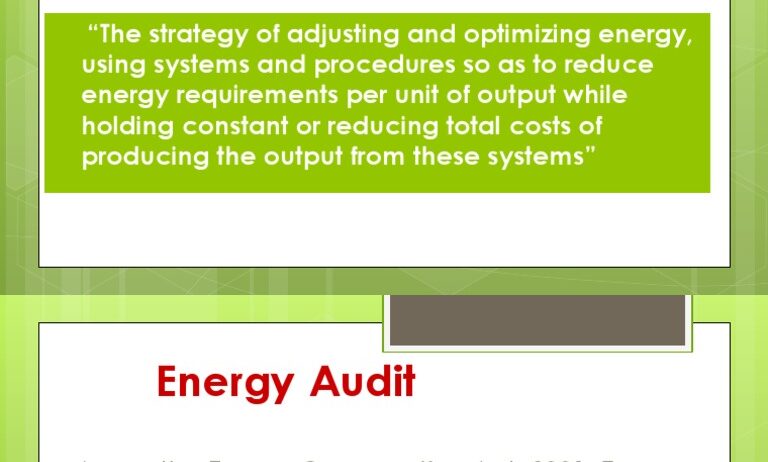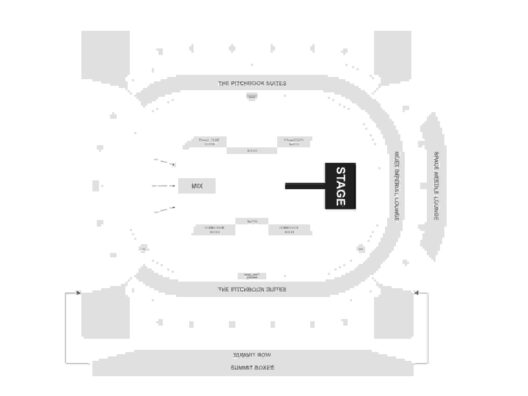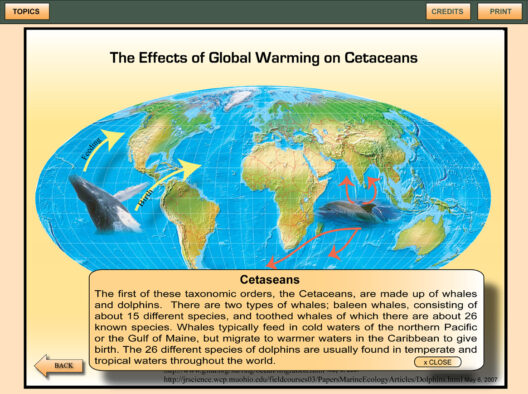In a world increasingly aware of the implications of climate change, the discourse surrounding energy conservation has become crucial. It is fascinating to observe how many individuals and organizations are driven by an innate desire to reduce their carbon footprint, leading to an invigorating exploration of energy efficiency. The quest for sustainable living often begins with simple, everyday practices that can collectively make a significant impact. This article delves into various dimensions of energy conservation, exploring both theoretical insights and practical strategies that individuals and communities can adopt.
When analyzing energy consumption patterns, one common observation emerges: a substantial portion of energy is wasted through inefficiencies. These inefficiencies often stem from our reliance on outdated technologies, habits, and systems. The primary motivation for energy conservation is not just the reduction of energy bills, but the alleviation of environmental stress caused by excessive energy use. Beyond financial incentives, there exists a moral imperative to preserve natural resources for future generations. The alarming rates of climate change serve as a clarion call, urging humanity to embrace a more conscientious approach to energy usage.
Energy conservation can be categorized into two primary spheres: behavioral changes and technological advancements. Behavioral changes often involve adjustments to daily routines that have a substantial cumulative effect on energy consumption. For instance, switching off lights when not in use or unplugging devices can seem trivial but collectively represent a phenomenon called the “rebound effect”—a cycle where energy savings in one area lead to increased consumption in another. Recognizing and mitigating this effect is crucial to achieving true energy efficiency.
Technological advancements also play a pivotal role in energy conservation. The proliferation of energy-efficient appliances, such as LED lighting and ENERGY STAR-rated devices, exemplifies the shift towards sustainability. These technologies are designed to operate on significantly less energy than their predecessors, leading to drastic reductions in energy consumption. However, purchasing energy-efficient products is not the end of the narrative; consumer behavior in maintaining and utilizing these products effectively is equally significant.
Moreover, insulation and energy-efficient windows are vital components in residential energy conservation. The integrity of a building envelope directly influences heating and cooling efficiency. Proper insulation minimizes heat transfer, mitigating the need for excessive heating in winter and cooling in summer. Consequently, investing in quality insulation materials can yield substantial long-term energy savings, enhancing both comfort and financial savings. The integration of smart technology, such as programmable thermostats, further optimizes energy usage by allowing users to tailor heating and cooling schedules to their specific needs.
In addition to residential practices, organizational and governmental initiatives play a critical role in energy conservation. Businesses that adopt sustainable practices not only reduce operational costs but also project a positive corporate image aligned with contemporary environmental values. Implementing energy audits can reveal startling statistics about energy wastage, prompting businesses to adjust practices accordingly. Furthermore, local and national governments can enact policies promoting renewable energy sources, such as wind and solar power, incentivizing businesses and residents to transition away from fossil fuels.
The conversation around energy conservation extends beyond mere compliance; it encompasses innovation and creativity. For instance, community-based initiatives, such as widespread recycling programs or neighborhood carpooling schemes, can significantly decrease the demand for energy-intensive goods and services. These collective actions not only foster camaraderie among residents but also instill a deeper understanding of energy-use implications, further embedding sustainable practices into social fabric.
Furthermore, education plays an indispensable role in promoting energy conservation. Schools and educational institutions serve as incubators for fostering a culture of sustainability among the younger generation. Engaging students in projects focused on energy conservation can cultivate a sense of responsibility and empowerment, equipping them with the knowledge to make informed choices as future consumers and leaders. Community workshops and outreach programs can also bridge the knowledge gap, helping individuals understand practical methods of incorporating sustainability in their lives.
Another often overlooked aspect of energy conservation is the psychological barrier associated with change. Habits are inherently resistant to alteration, and while awareness is essential, it must be coupled with strategies that promote change. One effective method is to establish accountability systems among peers—often referred to as social nudges. When individuals commit to energy-saving pledges within their community, they are more likely to adhere to these promises due to the social pressure of collective engagement. The sense of belonging to a like-minded group fosters commitment to sustainable practices.
Ultimately, the journey towards energy conservation is multi-faceted. It hinges not only on technological advancements and individual behavioral modifications but also on collective societal shifts towards sustainable practices. The intersection of environmental awareness, technological evolution, and community engagement creates a robust foundation for meaningful change. As individuals become more cognizant of their energy consumption patterns, they can actively participate in the transformative movement towards a sustainable future.
In summary, energy conservation is more than just a practice; it is a profound commitment to the planet and future generations. By embracing both small everyday changes and larger community-driven initiatives, society can foster an environment where sustainability is not merely an option, but a lifestyle. This intricate interplay between awareness, technology, and behavioral shifts reflects a deep-seated desire for a more sustainable world, making energy conservation not only a necessity but a fascinating journey towards ecological harmony.








